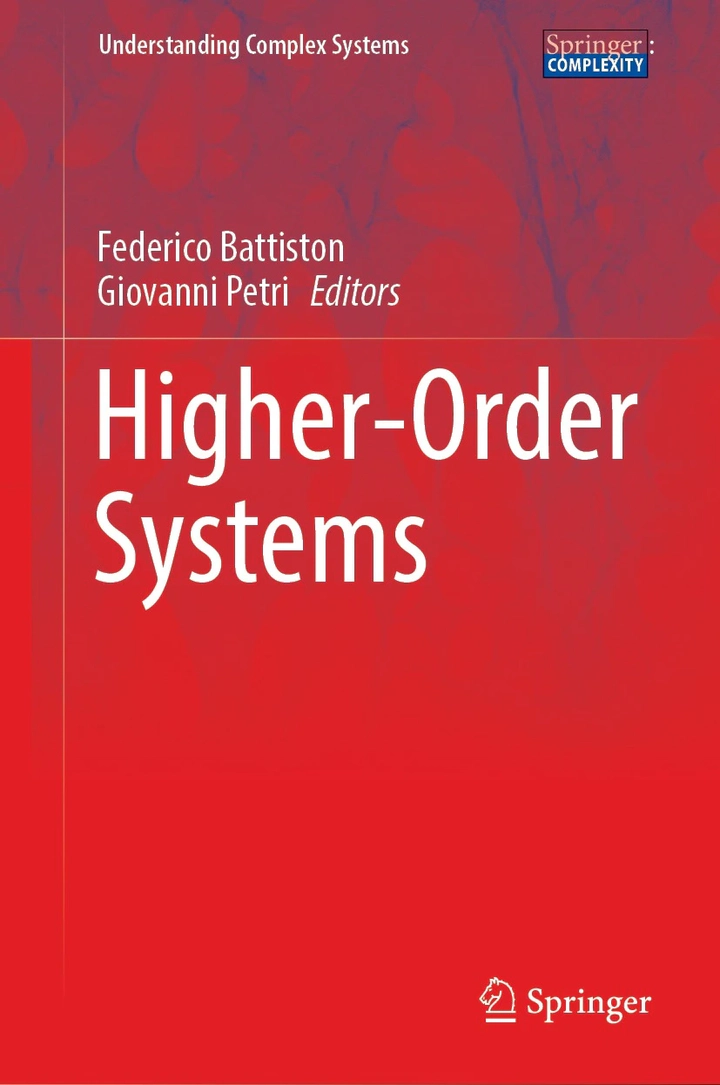
Abstract
The collective behaviors of a complex system are determined by the intricate way in which its components interact. In this chapter we discuss a novel and general analytical framework to study synchronized states in systems of many dynamical units with many-body interactions, which allows to account for the microscopic structure of the interactions at any possible order. In such a framework, the N dynamical units of a system are associated to the N nodes of a D dimensional simplicial complex, whose simplices represent the structure of the different types of coupling. Namely, 1-simplices (links) describe pairwise interactions, 2-simplices (triangles) describe three-body interactions, 3-simpliced (tetrahedra) four-body interactions, and so on. Such a description generalizes that of a complex network of dynamical units, and reduces to it in the particular case of D=1 simplicial complexes. Within this framework, we study the onset of full synchronization and the conditions for the stability of a synchronized state in systems of identical dynamical units. We show that, under certain assumptions on the network topology or on the form of the coupling, these conditions can be written in terms of a Master Stability Function that generalizes the existing results valid for pairwise interactions (i.e. networks) to the case of complex systems with the most general possible architecture. As an example of the potential utility of the proposed method we study the dynamics of D=3 simplicial complexes of chaotic systems (Rössler oscillators) and we investigate how the stability of synchronized states depends on the interplay between the control parameters of the chaotic units and the structural properties of the simplicial complex.